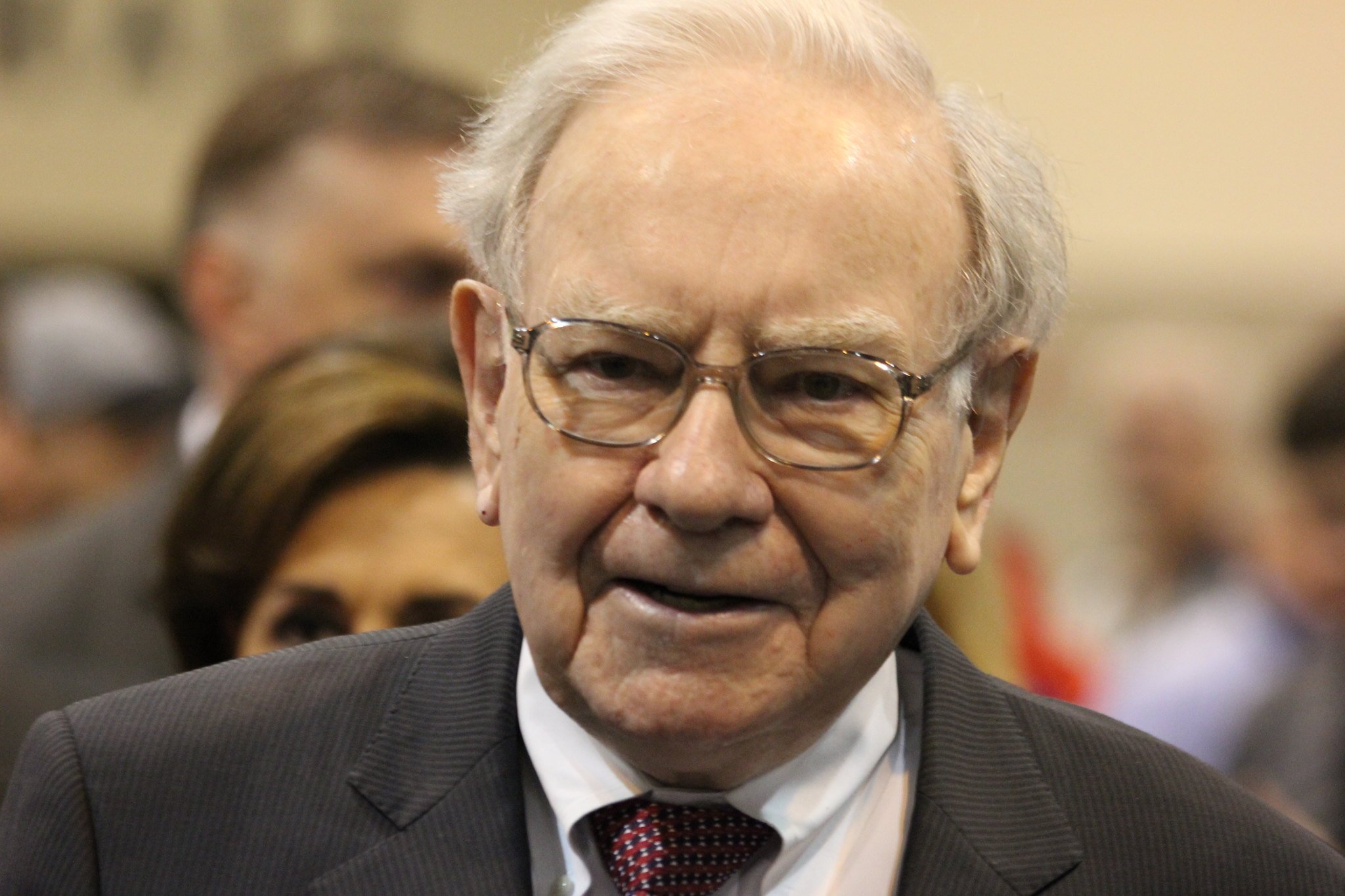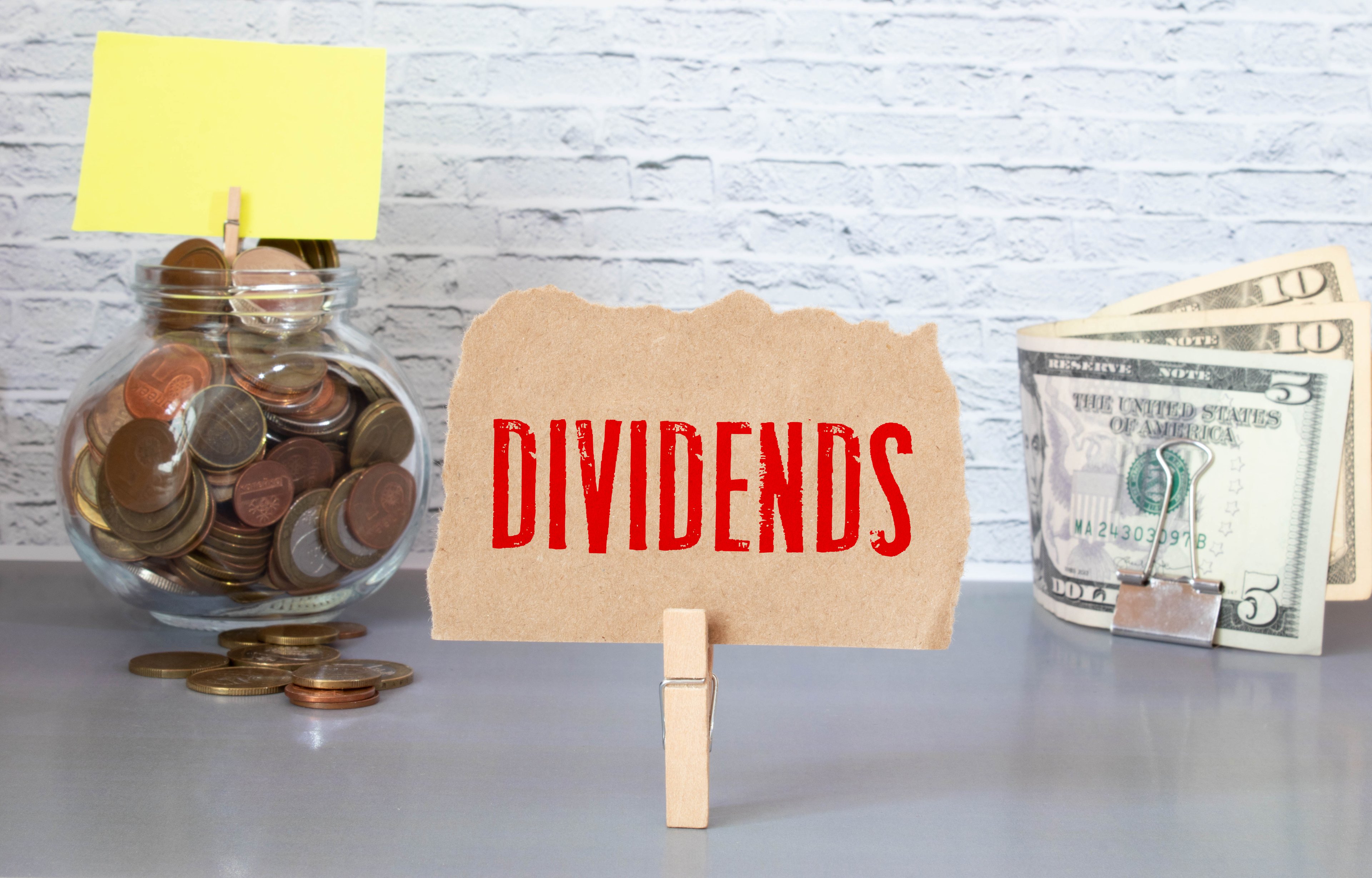As expected, the Federal Reserve held interest rates steady at its June meeting and removed certain language in its statement, paving the way for a future rate cut. In this Industry Focus: Financials clip, host Dylan Lewis and Fool.com contributor Matt Frankel, CFP, discuss why investors were pleased with what the Fed had to say and what we can expect going forward.
To catch full episodes of all The Motley Fool's free podcasts, check out our podcast center. A full transcript follows the video.
This video was recorded on June 24, 2019.
Dylan Lewis: Matt, the summer is typically a sleepy time on Wall Street. You don't tend to see crazy news coming out. A lot of people are taking vacations, like our friend Jason Moser. One group that is not taking a break is the Federal Open Market Committee from the Federal Reserve. They stick to the job.
Matt Frankel: Right. They have eight meetings per year. Four of those meetings are the especially big ones, June was one of them, where they release, in addition to an interest rate decision and their general statement, all their economic predictions, which is the big deal at the June meeting. March, June, September and December, I believe, are the big ones. This was one of the bigger ones where they released their economic projections. This was the first one in a while where there was a big question of whether they were going to keep rates steady, cut rates. In recent meetings, it's pretty much been a foregone conclusion. The market was pricing in a 98% chance that they would hold rates steady in the last meeting. Similar for the one before that. This time, it was pretty certain that they were going to keep rates steady, but they were pricing in about a 25% chance that there was going to be a rate cut. This is the first time where there was uncertainty going into the rate decision.
Lewis: Let's get into a little bit of why people are specifically watching these moves, and the way that rates moving as a result of the Federal Open Market Committee's decisions may affect either the markets or just the average investor.
Frankel: Sure, well, when the Fed raises rates, you can generally count on stocks going up, at least in the short term. Rate hikes are generally designed to curb inflation, things like that. You'll see the cost of corporate credit go up. It's generally a negative catalyst for the stock market. The Fed's trying to pump the brakes on growth. Bad for business. When the Fed lowers rates, it generally is a bullish sign for the stock market. It means it's going to be cheaper for companies to borrow money. The Fed's trying to encourage economic growth. Right now, there's almost no inflation, so the Fed's trying to keep their economic prosperous times going, if you will.
People were waiting to see that. With an important meeting like this, I mentioned four meetings a year, the important ones where they release economic projections, people want to see what might be coming next. Obviously, nobody has a crystal ball, including the 17 voting members of the Fed right now. But these are the policymakers, so people want to see where they see things like unemployment, GDP growth, going in the future so we know if a recession could be in the cards, if more rate cuts could be in the cards, or rate hikes, especially right now, because we have a lot of conflicting economic data. Unemployment's at, what, a roughly 50 year low, but there's no inflation, which are kind of contradicting signs. So, a lot of people want to see what the Fed's planning to do going forward with these economic projections, and the dot plot, which I'm sure we'll talk about in a little bit.
Lewis: I will not let you get off without talking about the dot plot. We will be talking about the dot plot. What came out of the Federal Open Market Committee meeting?
Frankel: No rate cut. No big surprise there. Rates are held steady. Rates have not been cut in over a decade. The last time they cut rates was to zero in the wake of the financial crisis. But there were a couple of significant developments. There's four main things that happened in the Fed meeting. There was no rate cut. The rate decision is the first one. The Fed's statement -- I can't think of a document anywhere in the world that is as closely dissected as the Fed statement. Every word is carefully chosen and very important because they know the market is going to be hanging on there every word. The key word in this one was "patient." In recent Fed statements, they've been saying how patient they were going to be when it comes to interest rate policy, which the market generally interprets as, they're going to keep rates the same. This one, it was expected that they were going to remove the word patient, and they did. Now they're saying the economy's softened, things have deteriorated over the past few months. This clears the way for a rate cut at their next meeting, which happens at the end of July. That's No. 2.
No. 3, you have the dot plot. Want to get into the dot plot?
Lewis: Let's talk dot plot!
Frankel: Let's talk dot plot! The dot plot shows where the 17 voting members of the Fed see interest rates going at the end of 2019, 2020, 2021, and over the long run. Recently, the dot plot showed that there were not going to be any rate cuts this year. The median projection is still for no rate cuts. However, now seven of those 17 people see two rate cuts coming this year, which is the big development. That's why we saw the market rally after the Fed meeting. The dot plot was the big surprise. So now, seven out of the 17 see tow rate cuts coming, one sees one rate cut coming, and eight of them see no rate cuts, one sees a rate hike, which is why you get the median of the same, but now it's generally a more dovish outlook.
Lewis: If we tried to sum all of this up into a nice, tidy, jargon-free sentence, let's try to do that --
Frankel: I know I'm rambling.
Lewis: [laughs] It's hard not to invoke all of these really industry-specific terms when we're talking about this stuff because it is an academic, very heady topic. But it seems to me, as someone who does not cover financials all that often -- this is me reading the tea leaves here -- there may be rate cuts down the road. The stock market generally benefits from lower rates. Borrowing's easier, money's easier, so the market has responded very favorably to that possibility.
Frankel: Yes. In a one-sentence summary, the Fed gave the market exactly what it wanted. Now we can expect a rate cut in July. Now the market's actually pricing in several rate cuts this year. This definitely gave the market a reason to be happy.
The fear is that if rates are held steady or held high for too long, it could trigger a recession or trigger poor economic conditions. This gives the market some relief that the Fed is going to try to do their part in keeping the economic good times going.
Lewis: I think with a lot of economic indicators, interest rates are one, the cost of a gallon of gas is another one, where, when it's high, there are good things; when it's low, there are good things. You can't look at any of these in an absolute sense. Money being cheap is helpful. But you also generally want to see the market chugging along, and the economy chugging along, in a way that forces this committee to decide to raise rates as well. It's this constant weighing machine.
Frankel: Right. Ideally, the economy would be doing so well that the Fed needed to raise rates another two times this year, another three or four times over the coming few years. Unfortunately, that doesn't seem to be the case. But the economy will go up and down. It's tough to predict. You want to see the Fed being proactive, which is exactly what we got this time. I think that's why everyone's so happy.
Lewis: We got news that we were generally expecting from the Federal Open Market Committee. The market responded pretty favorably.





